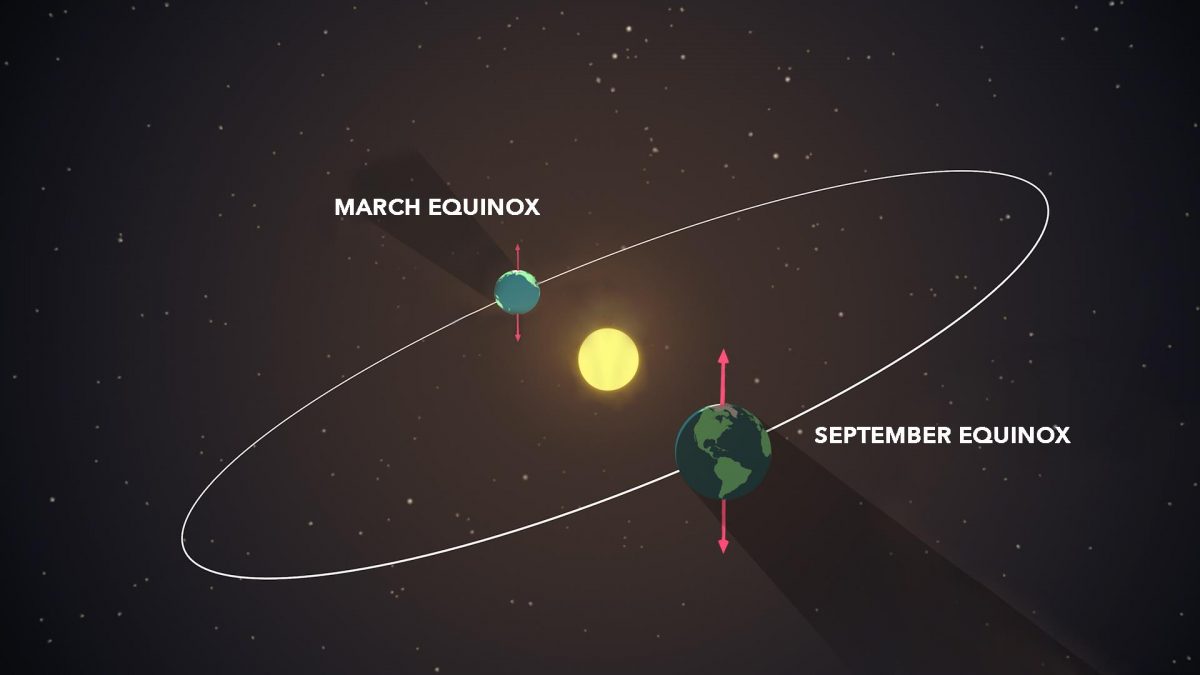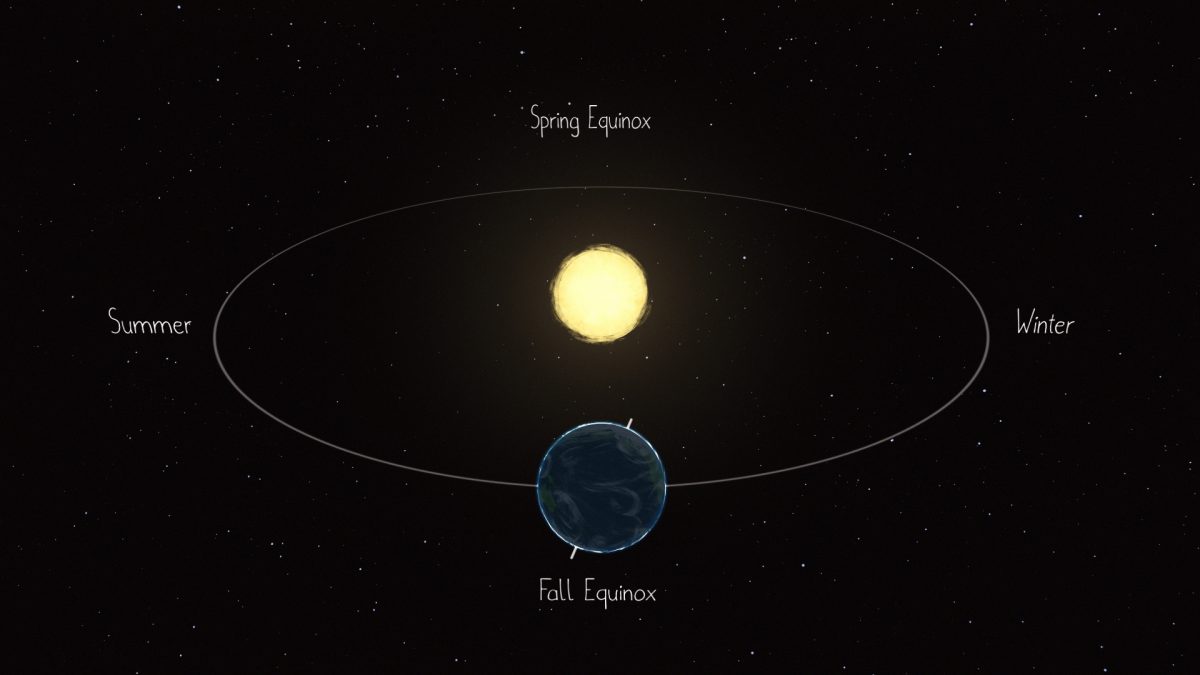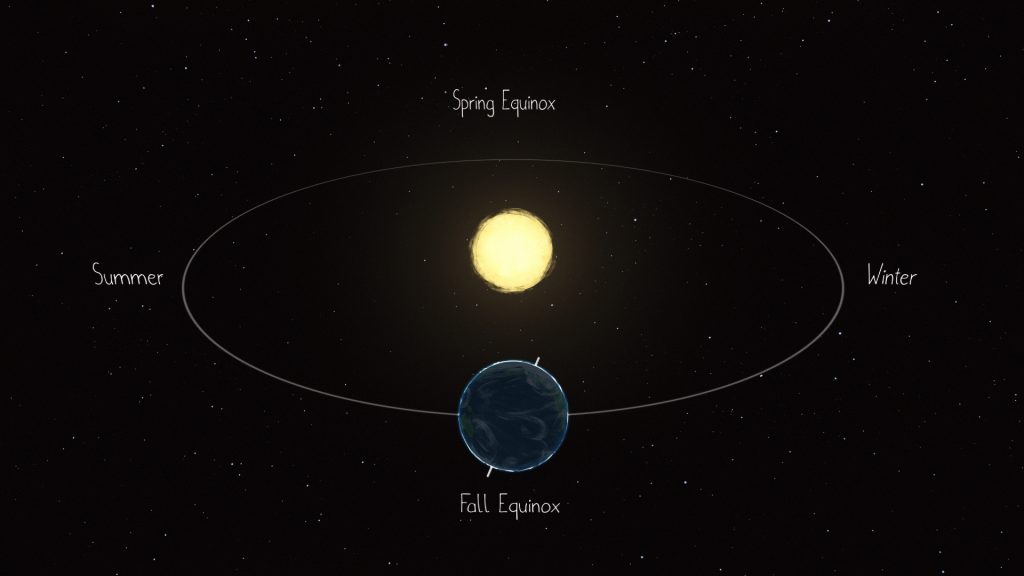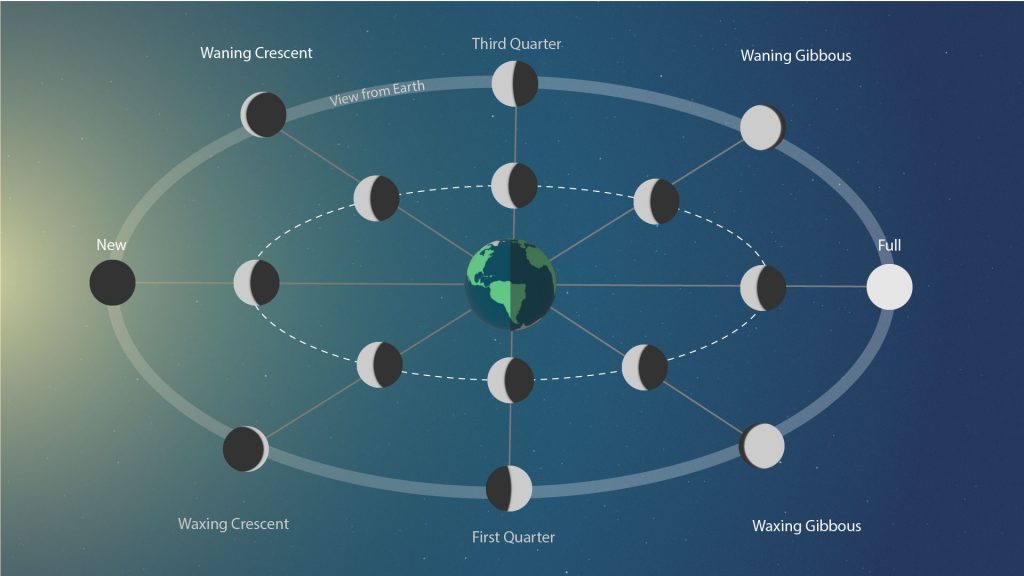Complemented by cooler temperatures and falling leaves, the September equinox marks the beginning of the fall season for the Northern Hemisphere. This year’s autumnal equinox (for the Northern Hemisphere) or spring equinox (for the Southern Hemisphere) occurs on Sept. 22 at 8:04 p.m. CDT.

During an equinox the Sun shines directly over the equator resulting in nearly equal amounts of day and night throughout the world – except for the North and South Pole where the Sun approximately straddles the horizon for the entire day, according to Alphonse Sterling, an astrophysicist at NASA’s Marshall Space Flight Center in Huntsville, Alabama. Following the autumnal equinox, the Sun gradually continues to rise later and set earlier in the Northern Hemisphere – making the days shorter and the nightfall longer. The opposite is true in the Southern Hemisphere where the days begin to last longer.
Seasons are caused by Earth’s tilted axis which always points in the same direction. As Earth orbits around the Sun, the angle of sunlight that the Northern and Southern Hemispheres receive is different. “On the June solstice (summer) in the Northern Hemisphere, sunlight is more direct, so it warms the ground more efficiently,” said Mitzi Adams an Assistant Manager in the Heliophysics and Planetary Science Branch at Marshall. “In the Southern Hemisphere, sunlight is less direct (winter), which means that the ground is not heated as easily.”

Astronomical seasons are defined by the Earth’s journey around the Sun, while meteorological seasons are guided by annual temperature cycles. Meteorologists group the seasons into time periods that line up with the weather and monthly calendar: December through February is winter, March through May is spring, June through August is summer, and September through November is fall. Astronomical seasons are marked by the equinoxes and solstices that each happen twice a year. Solstices are when the Sun appears to reach the lowest or highest point in the sky all year; they mark the beginning of summer or winter. Solstices are commonly referred to as the longest (summer solstice) or shortest (winter solstice) day of the year.
The September equinox is a time that welcomes Earthlings to a new season. To those in the Northern Hemisphere, enjoy the beginning of milder weather and say hello to early sunsets and late sunrises.
by Lane Figueroa





